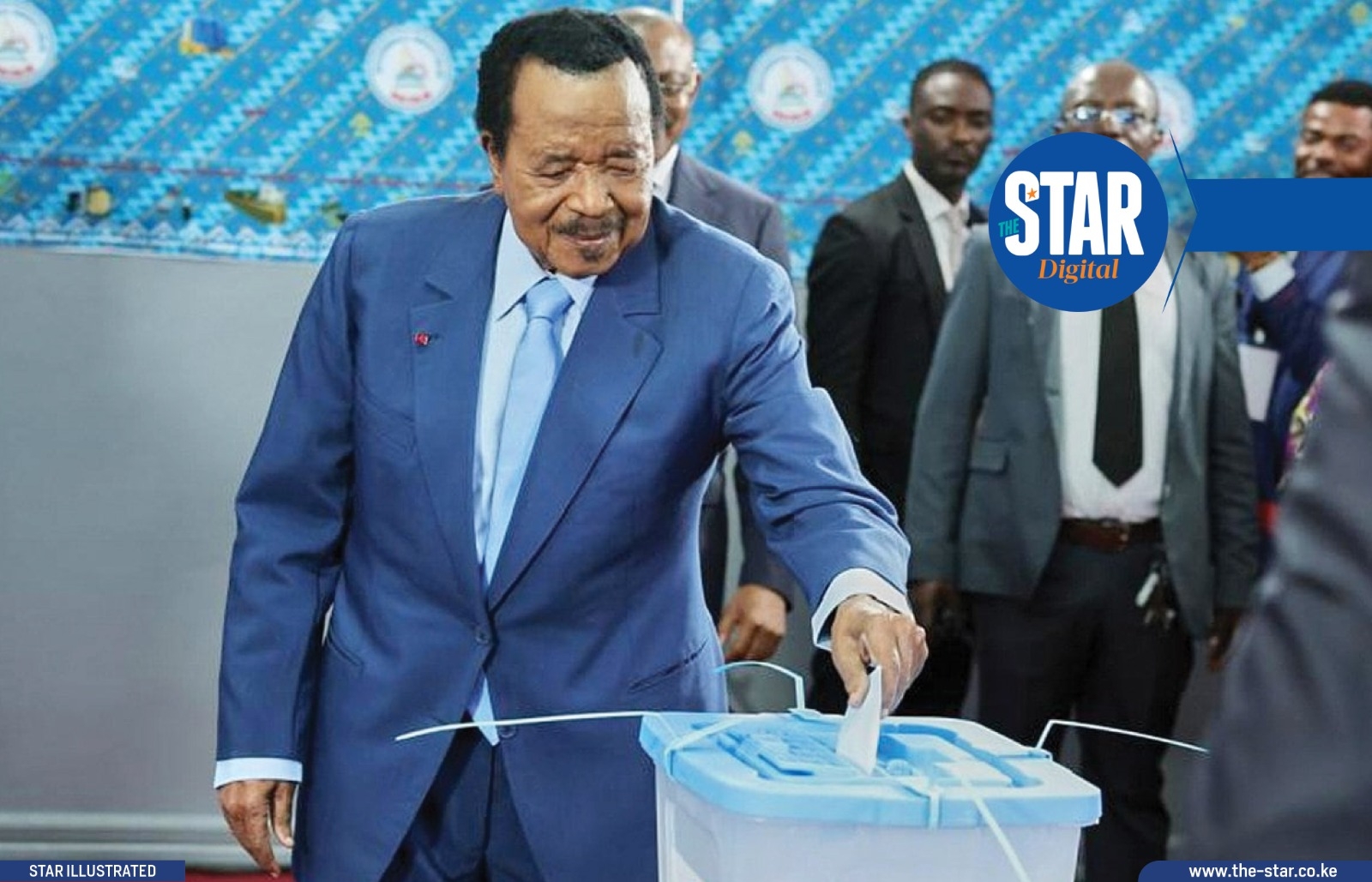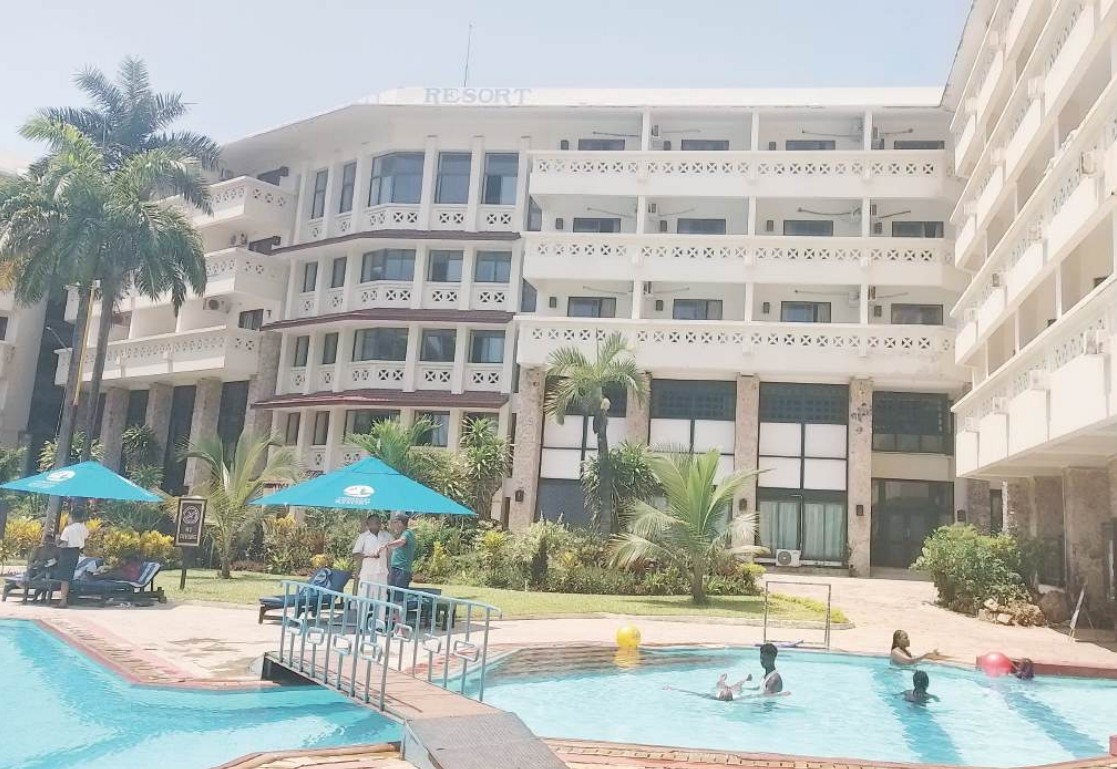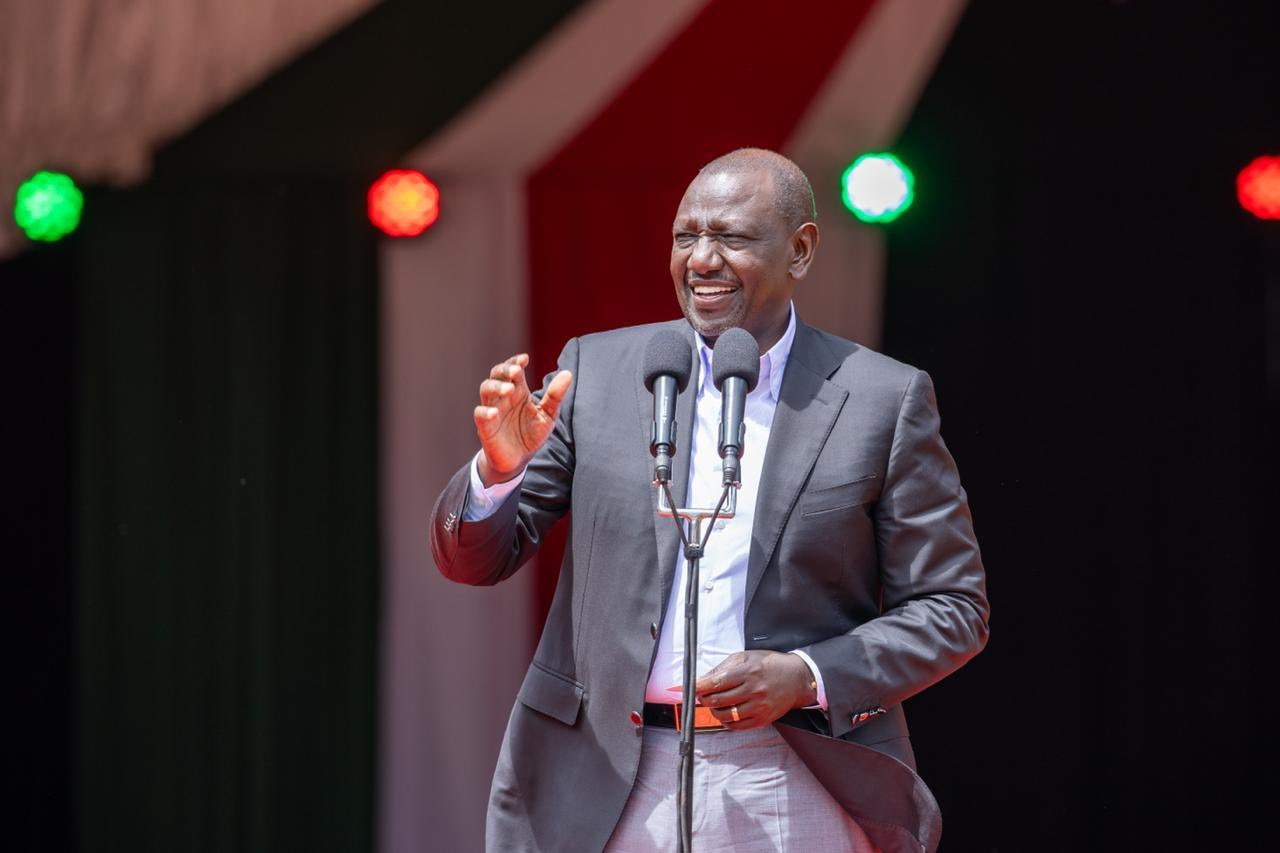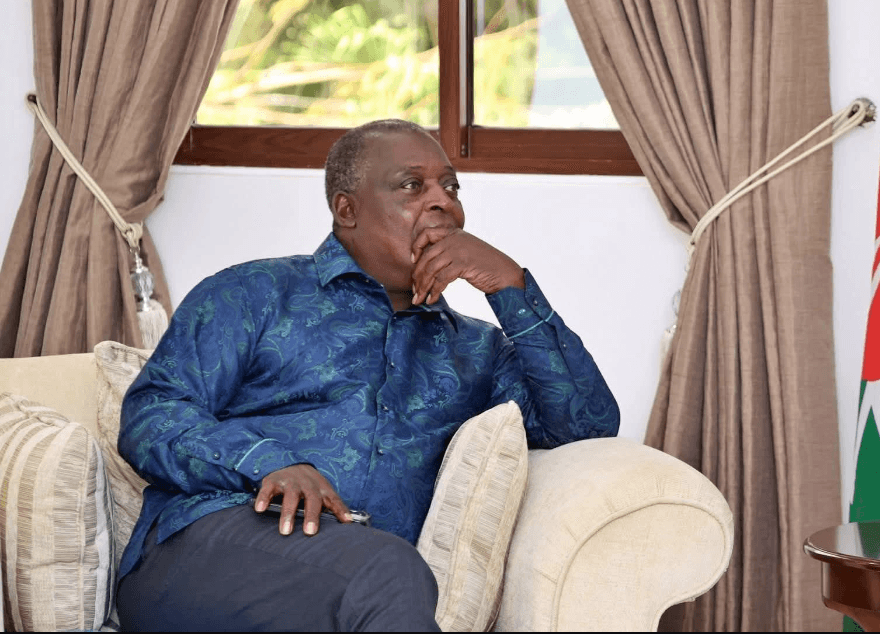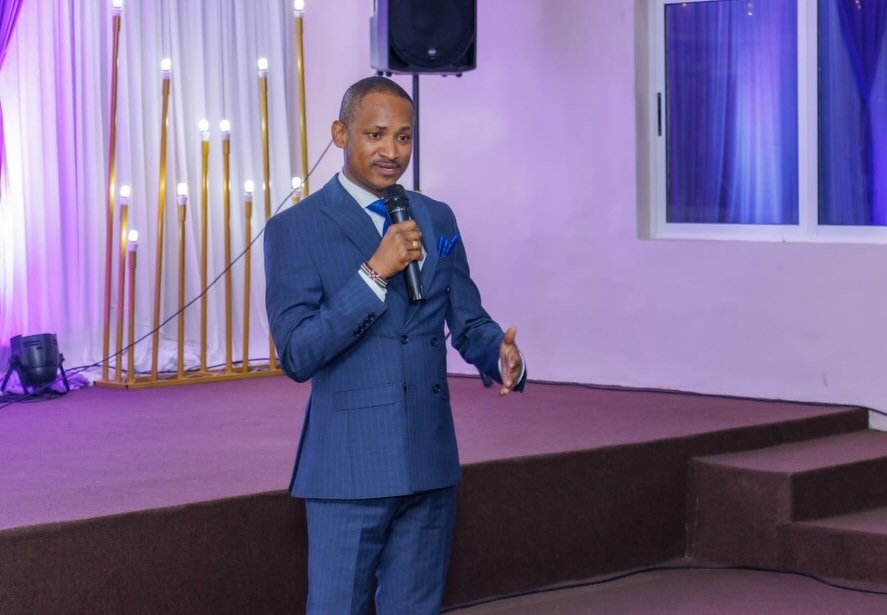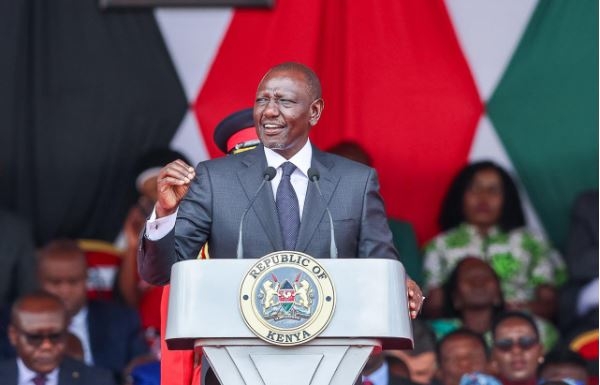
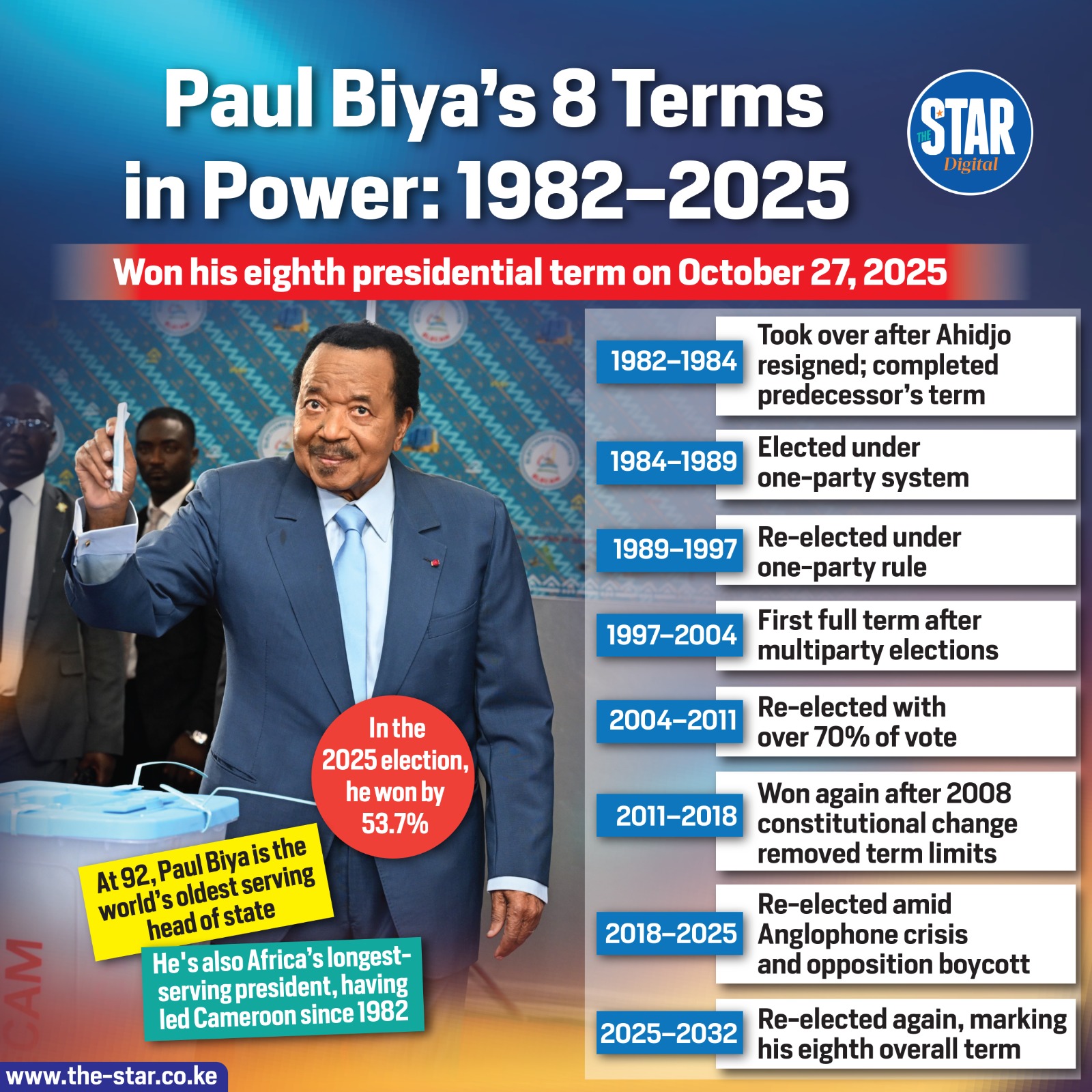
Paul Biya has led Cameroon since 1982, making him Africa’s longest-serving president and the world’s oldest head of state at 92.
His rise began when President Ahmadou Ahidjo resigned, and Biya completed the remainder of that term. He was then elected under a one-party system and re-elected twice before multiparty politics were introduced in the 1990s.
His first full term under the new system began in 1996, followed by successive victories in 2004 and 2011. A constitutional amendment in 2008 removed term limits, allowing Biya to extend his leadership further.
His tenure has spanned major political shifts, regional tensions, and evolving global dynamics. The 2018 election took place amid an Anglophone crisis and opposition boycotts, yet Biya retained power.
In 2025, he secured a new term with 53.7% of the vote, marking his eighth overall. His leadership has been defined by continuity, resilience, and a centralised style of governance.
Over four decades, Biya has remained a dominant figure in Cameroonian politics, navigating both domestic challenges and international diplomacy. His legacy continues to shape the country’s political landscape as Cameroon enters a new chapter under his extended rule.


